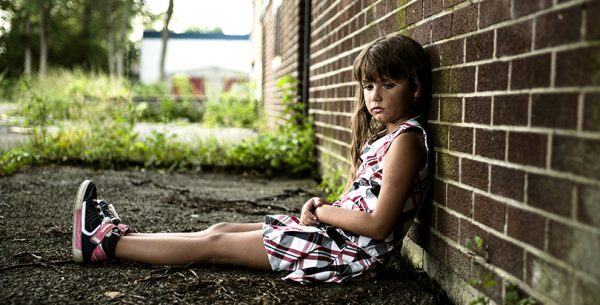Classrooms are made up of children from varying socioeconomic backgrounds.
Some children show up equipped to learn with the tools they need to succeed while others lack the requisite preparation and sometimes even the basic foundational needs that come from family to meet the school’s expectations. The economic environment in which a child is raised influences the level of learning that takes place in the classroom.
Symptoms of Poverty
Differences in preparedness are the result of varying socioeconomic statuses. Among wealthy nations, the United States has the highest rate of child poverty at 22 percent. Children who are not raised in poverty typically have their nutritional and mental-health needs met, have a lower impermanence rate and are afforded experiences throughout the day that enhance what they have learned in school. Poor children are automatically at a downside when they enter school because of this lack of resources, which results in frequent absences, inattention, and a flimsy educational foundation.
Children’s Readiness for School
Many environmental factors present in early childhood can affect a child’s educational outcome. For example, a child’s preparedness to learn is determined by the resources he has access to. A young child in poverty may not attend preschool, may not receive enough health care or nutrition, and may not experience enriching activities such as taking trips to the museum or having educated adults who read to them. These experiences can be indicative of a child’s success before she even walks through the school doors.
Effects of Poverty in the Classroom
Not only does economic background play part in academic success or failure, but teachers’ reduced expectations can also diminish student learning. Deficit theory, or the tendency to define a student by his weaknesses instead of his strengths, can be unhelpful within a classroom. This way of thinking involves the idea that poor people do not value education and are therefore at fault for their lack of educational success. This gives teachers an excuse to lower expectations and skirt responsibility for a poor student’s learning.
What to Do
Good teachers make a difference. Educators with good student relationships will be able to attend not only to their students’ academic needs, but also their emotional ones. Effective teachers harness the inherently social nature of learning to model and nurture tolerance, respect and empathy for those from other cultures and backgrounds. Maintaining high expectations and standards is also key to students achieving high-quality learning and narrowing the achievement gap. Teachers also need to be keen of the differences in social mores between the children’s homes and school.

